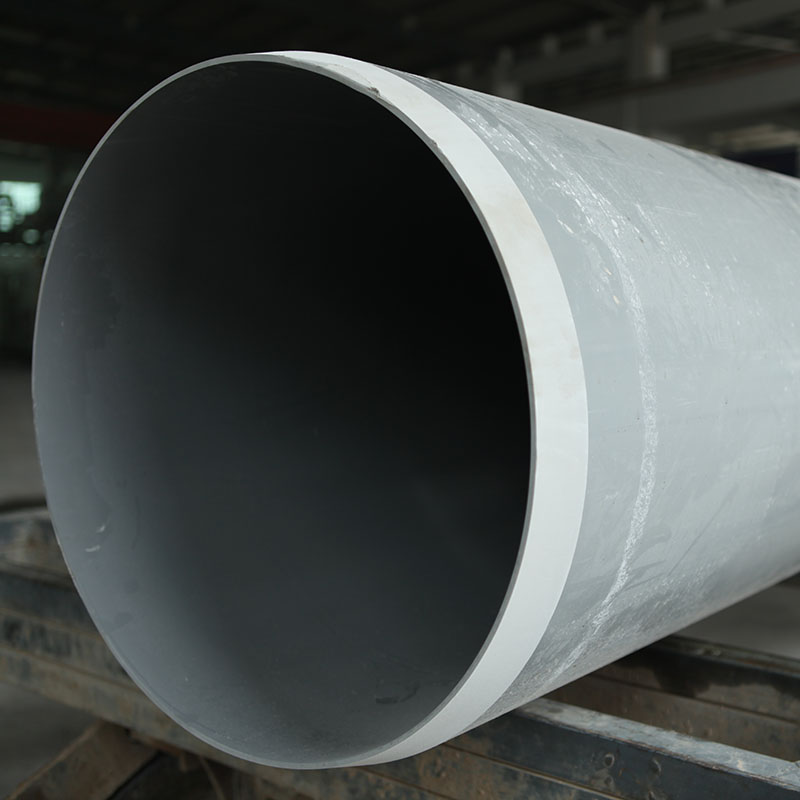Out . 17, 2024 00:51 Back to list
pvc pipe coupling
Understanding PVC Pipe Couplings A Comprehensive Guide
Polyvinyl chloride (PVC) has become a fundamental material in the plumbing, construction, and irrigation industries, largely due to its versatility, durability, and low cost. Among the various components used in PVC piping systems, pipe couplings play a crucial role. This article delves into the various aspects of PVC pipe couplings, their types, applications, and installation techniques.
What is a PVC Pipe Coupling?
A PVC pipe coupling is a fitting that connects two pieces of PVC pipe, allowing for a seamless transition in a plumbing system. Couplings can either be rigid, which maintains the pipe's structural integrity, or flexible, allowing for slight movement without damaging the joint. They serve not only as connectors but also as points where the flow of water or other liquids can continue without interruption.
Types of PVC Pipe Couplings
There are several types of PVC pipe couplings, each designed for specific applications
1. Straight Couplings These are the most common type and are used to connect two pieces of pipe of the same diameter. They come in various sizes, accommodating a range of HVAC and plumbing needs.
2. Reducing Couplings As the name suggests, these couplings connect pipes of different diameters. They are essential when transitioning from a larger pipe to a smaller one, ensuring a smooth flow of liquids.
3. Elbow Couplings These fittings allow for a change in direction. Elbow couplings can be 90 or 45 degrees, providing flexibility in pipe arrangement.
4. Union Couplings This type allows for easy disconnection of the pipe sections without the need for special tools. This feature is particularly useful for maintenance and repairs.
5. Flexible Couplings These are designed to accommodate slight misalignments between pipe ends and absorb vibrations, making them ideal for dynamic installations.
pvc pipe coupling

Applications of PVC Pipe Couplings
PVC pipe couplings are remarkably versatile and can be found in a wide range of applications across different industries. In plumbing, they connect various sections of water supply and drainage systems. In the agricultural sector, they are commonly used for irrigation systems, enabling efficient water distribution.
Additionally, PVC couplings are widely utilized in industrial applications to create complex piping networks for chemical transport, wastewater management, and ventilation systems. The lightweight nature of PVC, combined with its resistance to corrosion, makes it an ideal choice for these demanding environments.
Installation Techniques
Installing PVC pipe couplings is relatively straightforward, but it requires proper tools and techniques to ensure a leak-proof connection.
1. Preparation Begin by measuring and cutting the PVC pipes to the desired length. Use a pipe cutter or saw to achieve a clean cut.
2. Deburring After cutting, it's essential to remove any burrs from the edges of the pipes. A deburring tool or sandpaper can help create a smooth surface, allowing for a better seal.
3. Solvent Cementing Most PVC couplings are glued. Apply primer to both the external surface of the pipe and the internal surface of the coupling to soften the PVC. Follow this with a layer of PVC solvent cement and quickly insert the pipe into the coupling, twisting it slightly for an even distribution of the adhesive.
4. Curing Time Allow the joint to cure for the time specified by the manufacturer's guidelines before subjecting it to pressure or water flow. This step is crucial to ensure a durable bond.
Conclusion
PVC pipe couplings are essential elements of modern plumbing and piping systems, providing reliable connections for various applications. Understanding the types of couplings available and the appropriate installation techniques can help users maximize the efficiency and longevity of their piping systems. As industries continue to evolve, the role of PVC and its fittings will likely remain pivotal in facilitating modern infrastructure's demands.
-
High Transparency PVC Clear Sheet Super Transparency PVC Sheets & HDPE Cutting Board Supplier
NewsJul.04,2025
-
High-Quality PVC-M Pipe Supplier Trusted PVC Pipe Company & 75mm PVC Connection Pipe Solutions
NewsJul.04,2025
-
PVC Transparent Sheet Roll - Durable & Flexible PVC Plastic Sheet Roll for Industrial & Home Use
NewsJun.24,2025
-
High-Quality PVC PPR Pipes and Fittings Durable ERA PPR Solutions
NewsJun.10,2025
-
High-Quality Large HDPE Sheets & Large Diameter PVC Pipe Durable Large PVC Pipe Supplier
NewsJun.10,2025
-
High Density Polyethylene Cutting Board - Durable & Food Safe
NewsJun.09,2025

